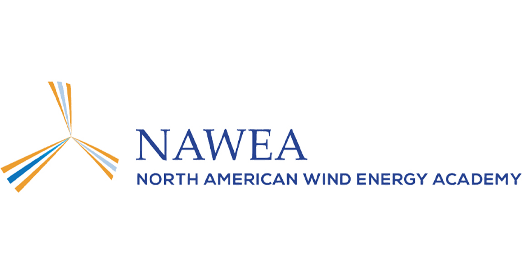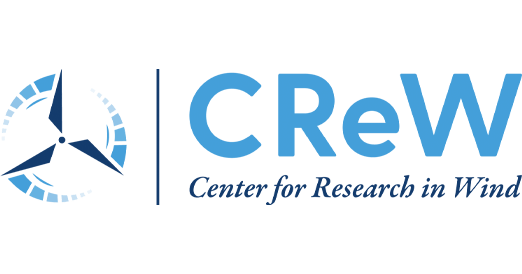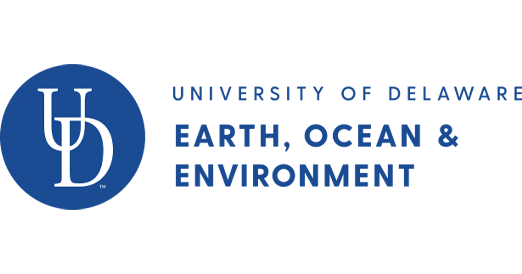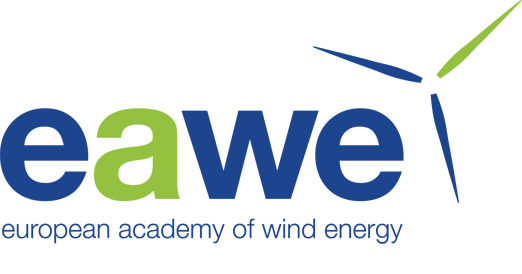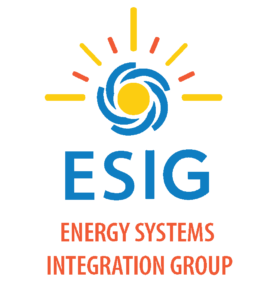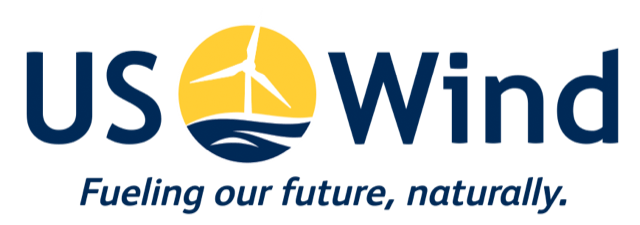NAWEA/WindTech 2022 Conference
The 2022 conference will build on the successes of the 2019 conference, reuniting the NAWEA Symposium and the International Conference on Future Technologies in Wind Energy (WindTech), while broadening the 2019 vision to explore two additional themes: grid integration and social/environmental aspects of wind energy development. NAWEA/WindTech 2022 will be hosted at the University of Delaware in partnership between the Center for the Research in Wind (CReW) and NAWEA on 20-22 September 2022. The conference will be held in-person.
NAWEA/WindTech 2022 will include six tracks:
Track #1 – Grid integration (Leads: Hodge, Zhang, and Frew, NREL)
Examine the role of wind in very-high variable renewable electricity grids where over 50% instantaneous wind penetration is common; explore the scientific/engineering challenges of wind plants supplying essential grid services and their interactions with other types of generation and storage devices.
Track #2 – Social/environmental aspects of wind energy (Leads: Firestone and Ram, UD)
Present and discuss cutting edge research on the transition towards a low-carbon future as it relates to transformations in offshore and land-based wind infrastructural landscapes and seascapes; socio-technical systems; social, economic, and cultural factors; and regional and cumulative environmental changes.
Track #3 – Offshore wind (Leads: Robertson and Jonkman, NREL)
Includes design solutions for fixed and floating systems, design/optimization methods, modeling/analysis methods, offshore construction/installation, offshore operations and maintenance, metocean/geotechnical considerations, and measurement/validation campaigns.
Track #4 – Wind turbine and wind plants (Leads: Cal, Portland State, and Martínez-Tossas, NREL)
Includes research on wind energy systems at multiple scales. At blade scale: loads, aeroelasticity, airfoils, aerodynamics. At wind turbine scale: new turbine concepts (e.g., airborne systems), turbine design, very large wind turbines, horizontal axis turbines, vertical axis turbines. At wind plant scale: wakes, wake-wake interactions, controls, steering, model development, and wind farm layout optimization.
Track #5 – Atmospheric/ocean science for wind energy (Leads: Draxl, NREL, and Pichugina, NOAA)
Includes marine and land-based atmospheric boundary layer investigations, mesoscale/microscale interactions, ocean-atmosphere interactions, field studies, modeling, forecasting, wind resource assessments, and remote sensing.
Track #6 – Applications and Education in wind energy (Leads: Acker, NAU, and Ahlgrimm, WETO)
Includes important applications in wind energy not covered in the other tracks, including distributed wind applications (non-utility scale applications, off-grid or small grid-connected), distributed wind energy assessment, airborne wind energy, materials and manufacturing, recycling of wind turbine components, hybrid systems, uses in desalination, hydrogen, and renewable fuel production, etc.; and, university graduate and undergraduate education innovations and initiatives, and workforce development.
The journal Wind Energy will host a special issue for the NAWEA/WindTech 2022 conference. Authors interested in submitting their paper to the special issue can find more details here.
